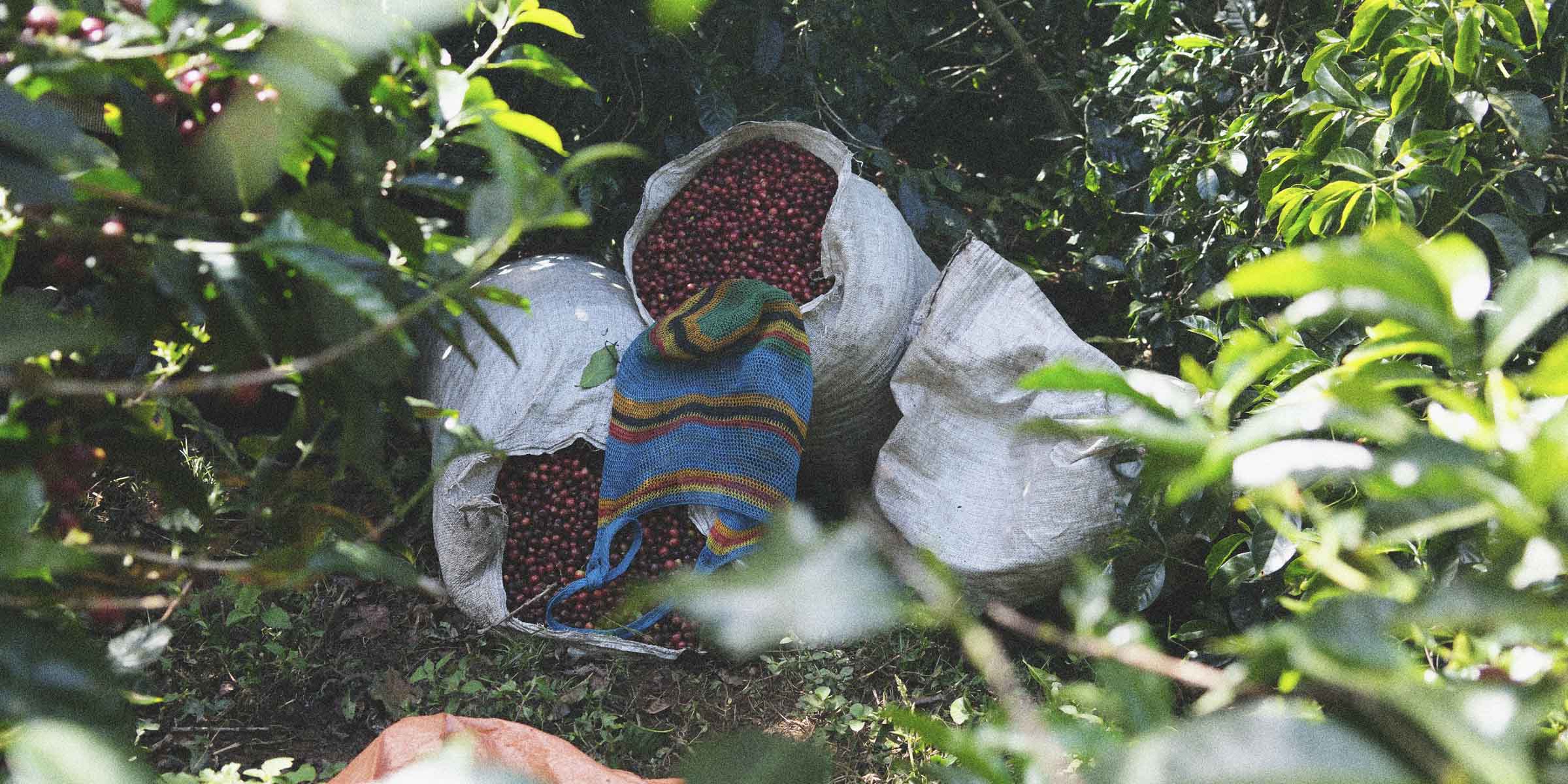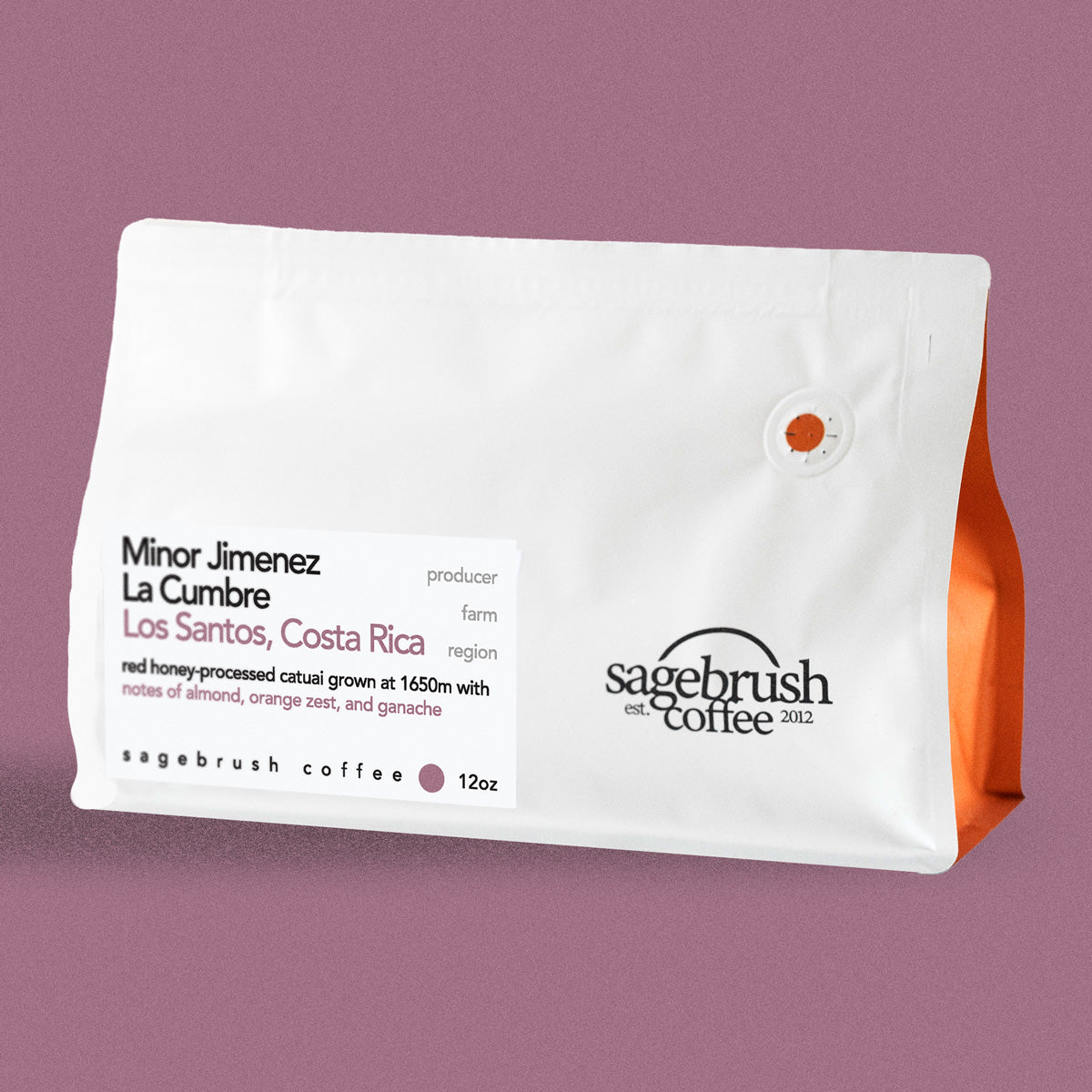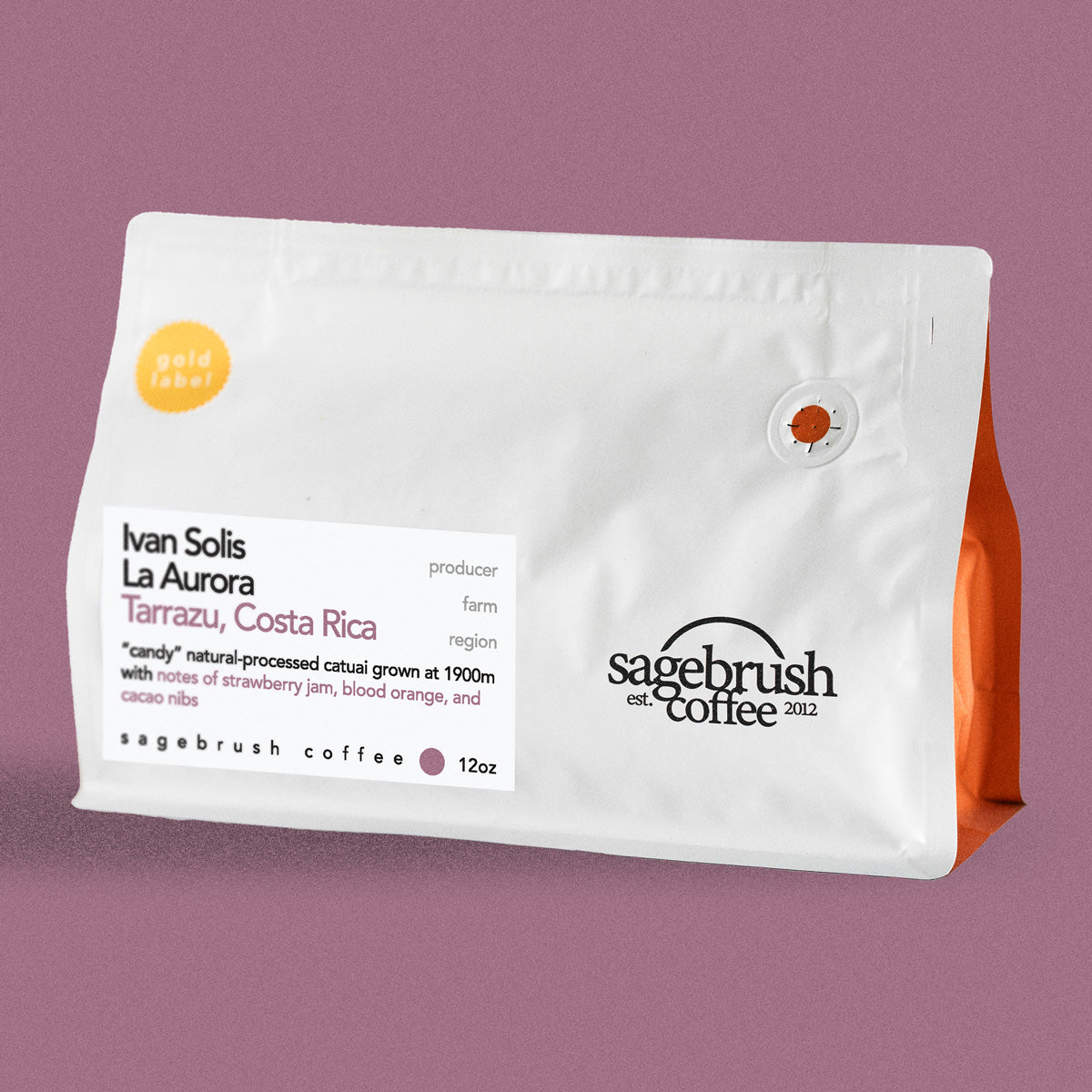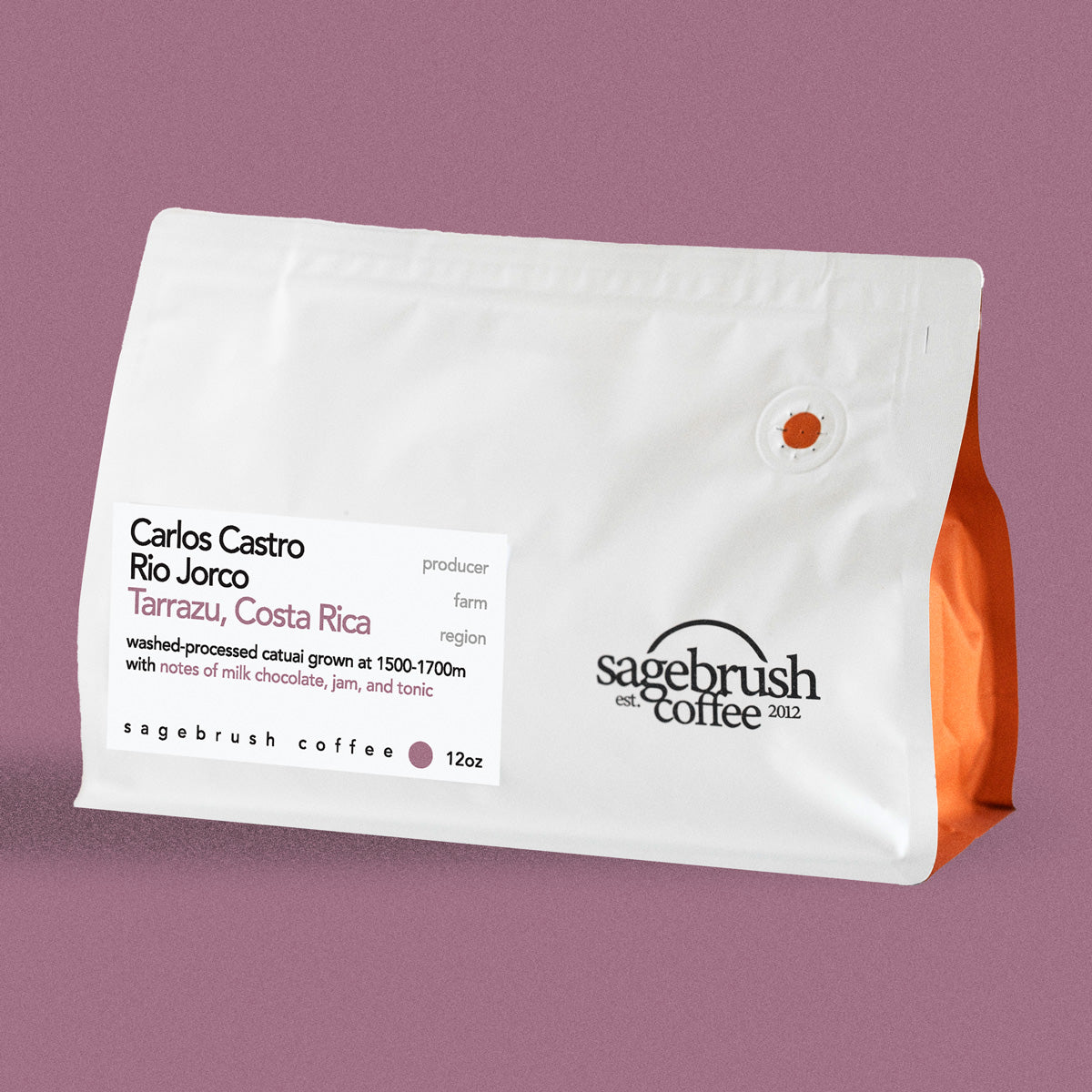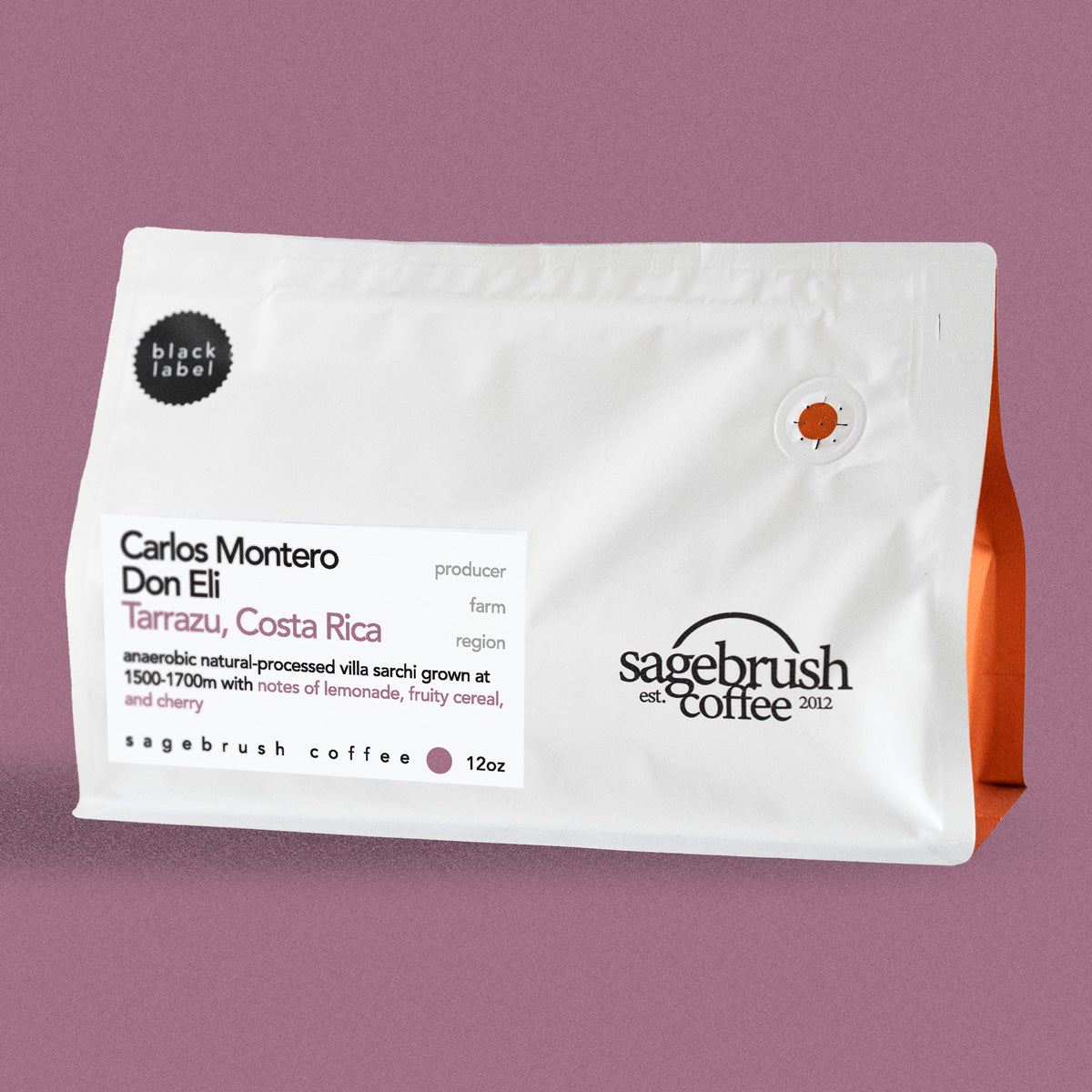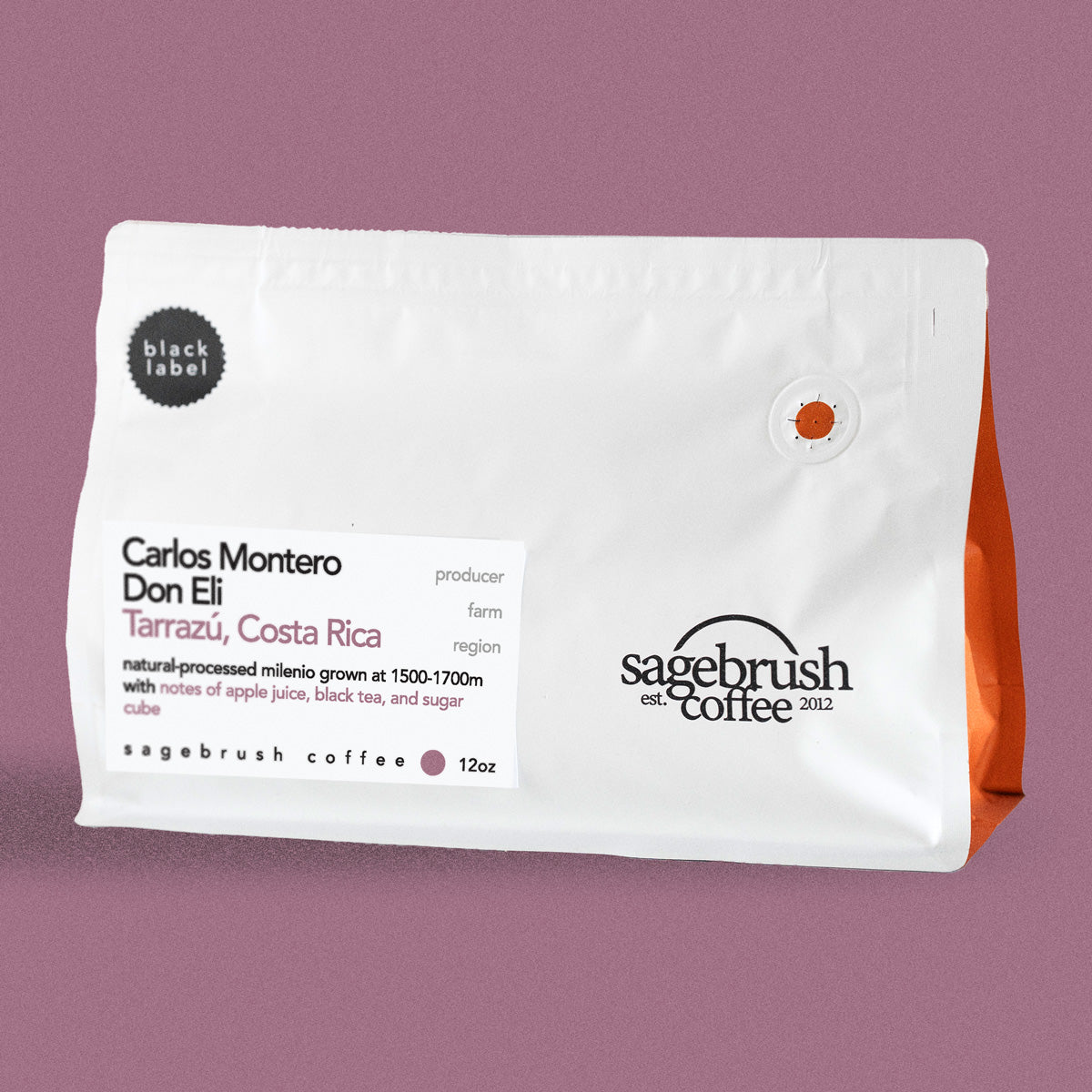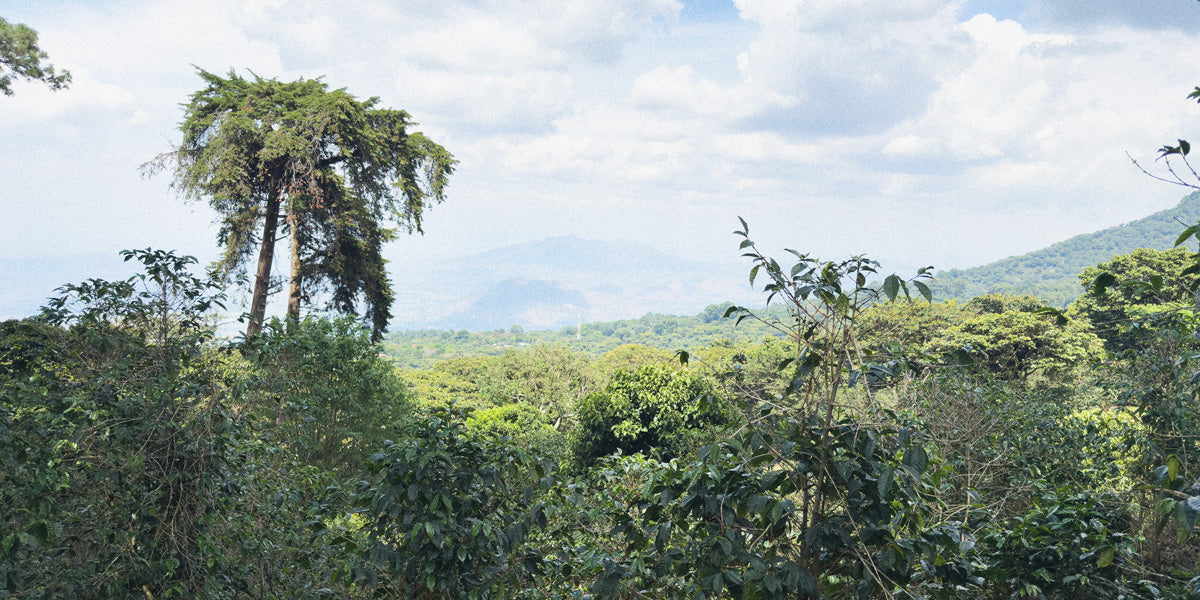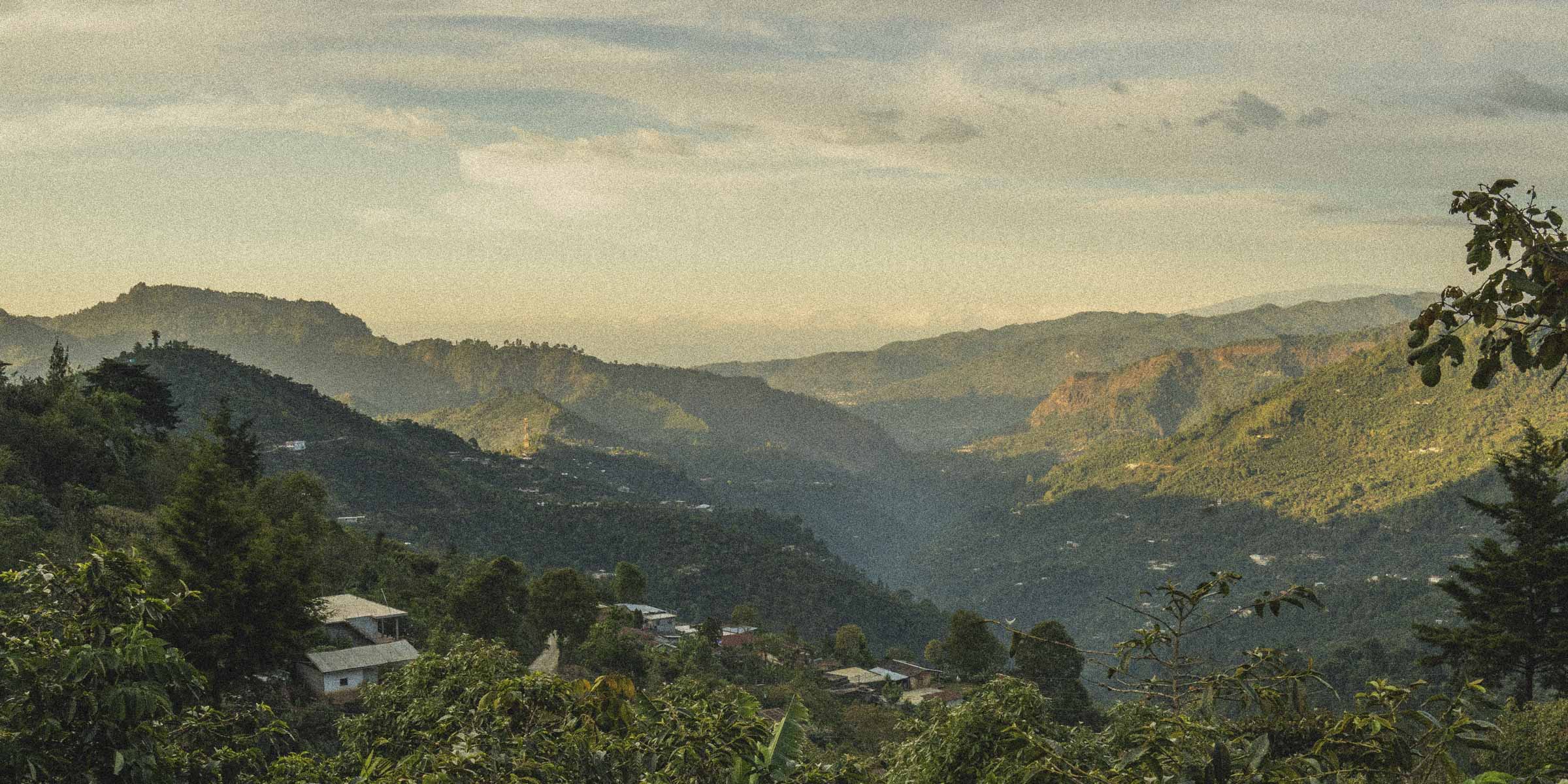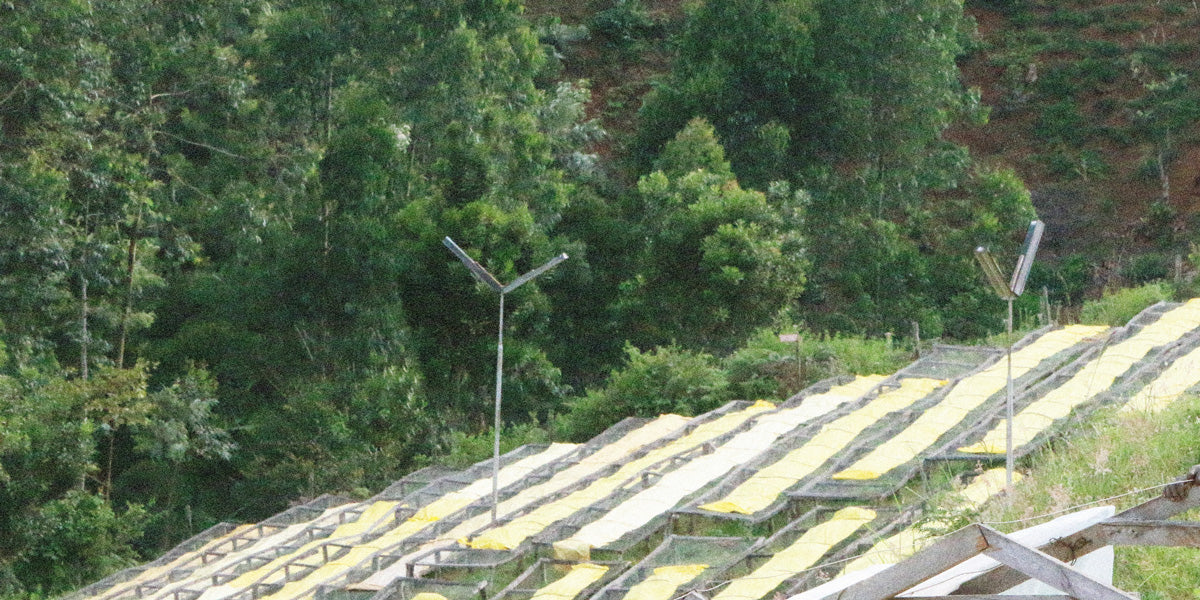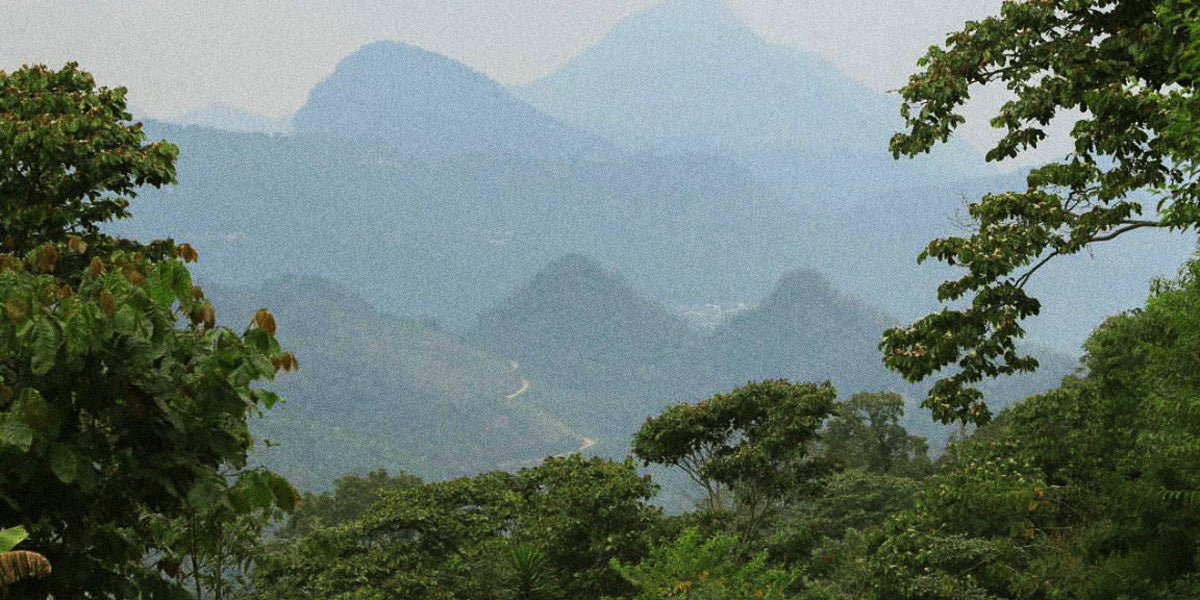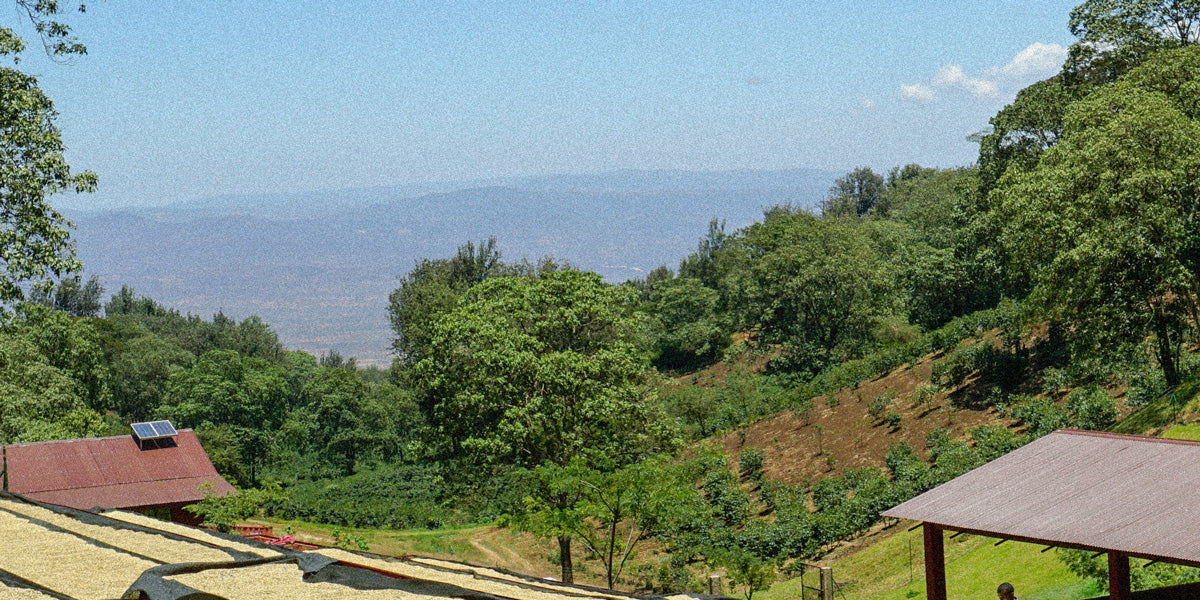Coffee Terroir Overview •
Read our Terroir articleCoffee Terroir Guide: Costa Rica's 200 Years of Excellence in Coffee
Historically, coffee has been a major driver of the Costa Rican economy, although in recent years this has shifted slightly due to exchange rate challenges, labor shortages, unseasonable rain, and lower international prices. Although the amount of coffee coming out of Costa Rica may be decreasing (1 million bags annually), the quality is not.
Still ranked 17th in global coffee production, Costa Rica knows what it takes to produce high-quality beans and has been doing so for over 200 years. Let’s take a look at some of the things that have contributed to their long-standing success in the coffee industry.
Costa Rican Coffee History and Geography
Since the early 19th century, coffee has been more than a crop for the Costa Rican people—it has been a way of life.
After the country declared independence from Spain in 1821, the government handed out coffee seeds to encourage production and made coffee a tax-exempt crop. This sparked large-scale cultivation and exportation.
For a while, coffee was the country’s sole export product. During this period, Costa Rica experienced tremendous economic growth: railroads were built, hospitals and post offices were funded, and theaters, libraries, and universities were established. Today, 90% of coffee plantations are owned by producers, keeping money local and making Costa Rican coffee highly traceable to small-town farmers.
Geographically, Costa Rica has the perfect environment for high-quality Arabica coffee. Rich volcanic soil paired with a tropical climate produces beans that are extraordinarily rich, full-bodied, and clean.
Costa Rican Coffee Flavor Profile
Costa Rica is known for having some of the best coffee flavor profiles in South and Central America.
Expect bright, clean, balanced cups with a wide range of complex flavors that vary by region. You’ll find plenty of chocolate, honey, and citrus notes, along with occasional sparkles of fruit like blueberry and stone fruits, and even hints of vanilla, nuts--even salt!
From the bright acidity and heavy aromatics of the Tarrazú region to the peach and apricot notes of the Occidental region, Costa Rican coffee truly has something for everyone.
But what really makes Costa Rican coffee unique today is the country’s investment in taking coffee to the next level.
The Coffee Institute of Costa Rica (Icafe) specializes in cutting-edge research, developing new coffee varieties that are resistant to disease without sacrificing flavor. They also educate farmers on best practices, helping raise quality standards nationwide. This commitment to research and development is literally bearing fruit in the new and exciting coffees emerging from Costa Rica.
While Costa Rica’s production volume may be relatively small compared to other countries, its uniqueness and quality make it a standout in the coffee world—and we’re thrilled to bring it to you!
Explore Coffees
Minor Jimenez • Red-Honey-Processed Catuai
Ivan Solis • Candy-Natural-Processed Catuai
Carlos Castro • Washed-Processed Catuai
Carlos Montero • Natural-Processed Milenio



